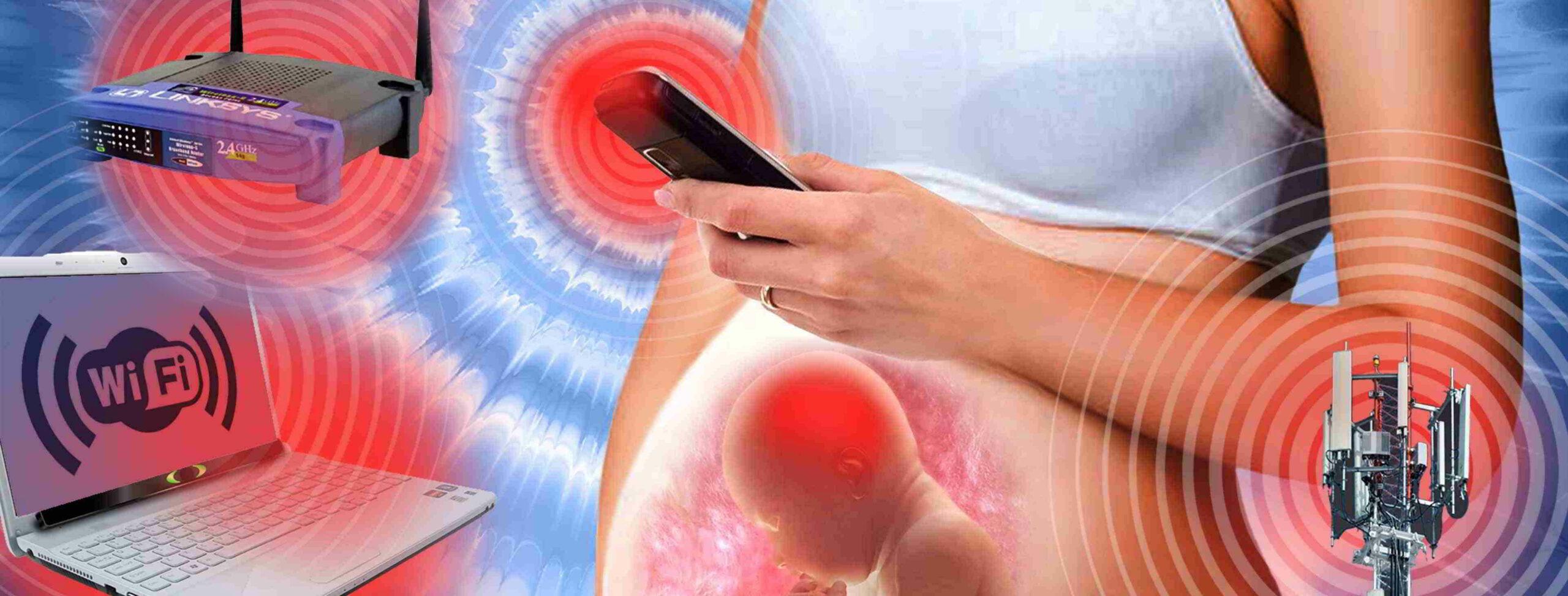Source Article:
Trying for kids? Wifi devices lower your chances, new study shows
https://www.straitstimes.com/asia/east-asia/trying-for-kids-wifi-devices-lower-your-chances-new-study-shows
Hong Kong – A new study has found that exposure to Wifi connections lowers male fertility rates and reduces couples’ chances of having children by killing sperm, adding to mounting evidence that electromagnetic waves are harmful.
The Japanese study, carried out between August and November last year on 51 men, is reportedly the first such trial that focuses on the effects of electromagnetic waves from Wifi devices such as mobile phones and home routers on sperm motion and death.
Researcher Kumiko Nakata, from the Reproductive Medicine Research Centre at Yamashita Shonan Yume Clinic, noted that electromagnetic waves have been said to be safe for humans, in terms of health and wellbeing.
But her study showed that prolonged exposure to the waves from Wifi devices lowered male fertility.
“Our study has shown that over a relatively short time, a Wifi shield can offer some protection from the harmful effects of the electromagnetic waves,” she said.
“However, there is mounting evidence that the effects of electromagnetic waves on sperm may be having a significant effect on human reproduction.”
The men in the study, whose average age came to 38.4 years, were involved in in-vitro fertilisation (IVF) or artificial insemination procedures at the Yamashita Shonan Yume Clinic in Japan.
Sperm samples were taken from them and split into three groups – those whose samples were not exposed to electromagnetic waves from a Wifi router, those whose sperm were protected by a small shield that intercepted the waves, and those whose sperm were fully exposed to the waves.
Ms Nakata, who specialises in embryology and spermatology, said the sperm samples were placed near a pocket Wifi router, in the way that a mobile phone would be carried in a man’s trousers.
The sperm were exposed to electromagnetic waves from the Wifi router for lengths of 30 minutes, 60 minutes, two hours, and 24 hours. Sperm motion was then tested.
While there was little difference in sperm motility rates between the different groups after exposures of 30 minutes and 60 minutes, the study found that the longer the exposure, the lower the sperm motility rate and higher the death rate.
“After 24 hours, the dead sperm rate of the group that was not exposed to the waves was 8.4 per cent, the Wifi shield group was 18.2 per cent, and the exposed group was 23.3 per cent, with the latter being significantly higher,” said Ms Nakata.
Scientists say sperm counts and motility rates have gone down in the past 40 years, a result of a combination of reasons such as exposure to chemicals, pollution, stress and unhealthy diet.
The World Health Organisation predicts that infertility among males and females will be the third most serious condition after cancer and cardiovascular diseases in the 21st century.
In the Asia-Pacific region of four billion people, representing about 60 per cent of the global population, the implications of this forecast are enormous, experts have agreed.
“The environment that we live and work in is dense in electromagnetic waves. For now, until further research develops people should be aware of potential problems especially when living and working in places with a high electromagnetic presence, around those powerful devices,” said Ms Nakata.
The study was a collaboration between the Reproductive Medicine Research Centre at Yamashita Shonan Yume Clinic and the Faculty of Life and Environmental Sciences at the University of Yamanashi.
It will be shared at the Asia Pacific Initiative on Reproduction (ASPIRE 2019) Congress, which runs from May 2 to May 5 in Hong Kong.
Some 1,600 participants comprising scientists, clinicians, embryologists, nurses and IVF counsellors are expected to discuss topics including male infertility and fertility preservation.
